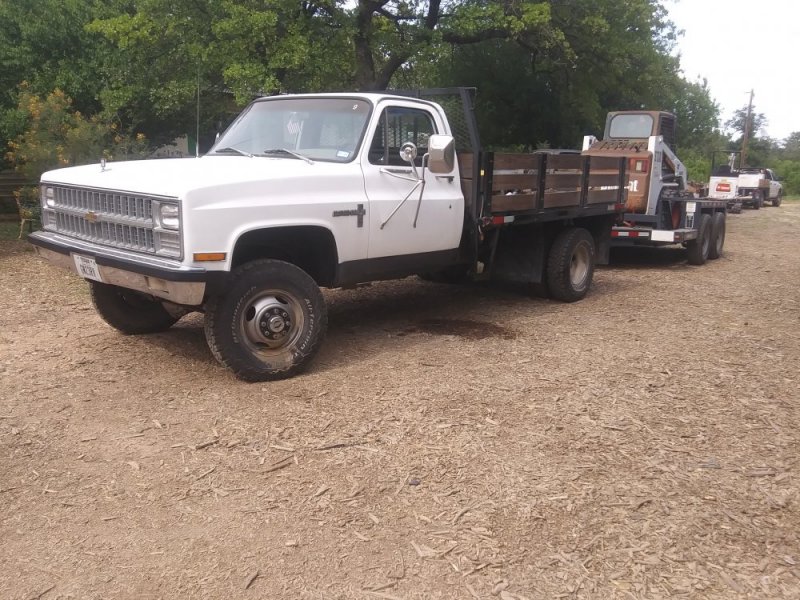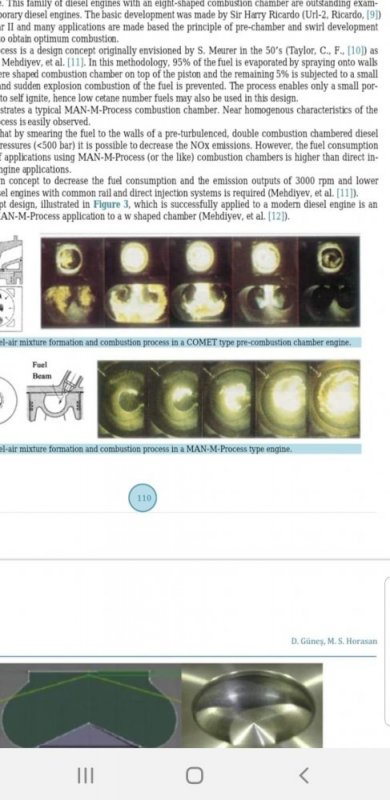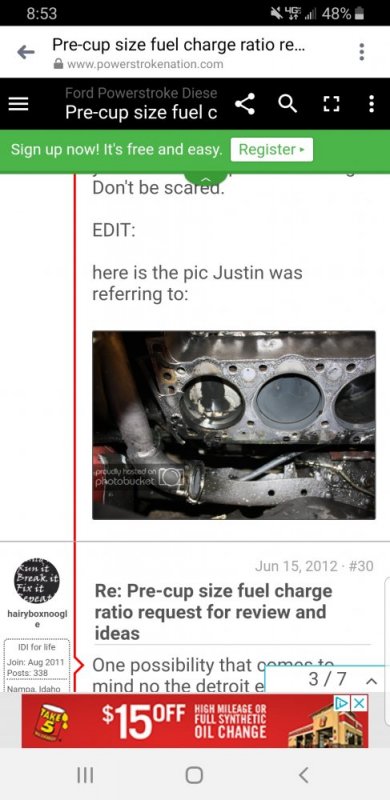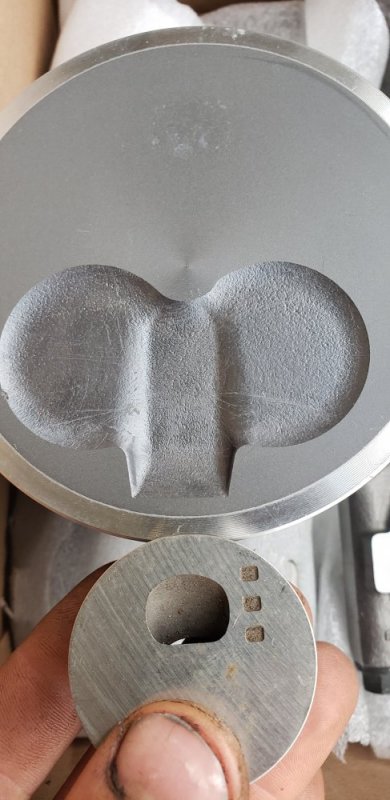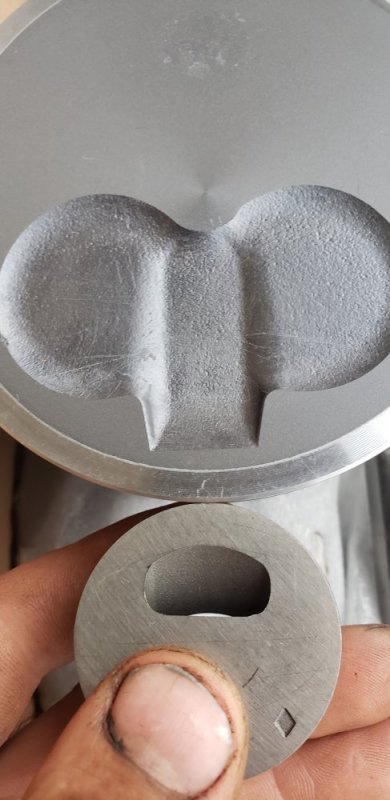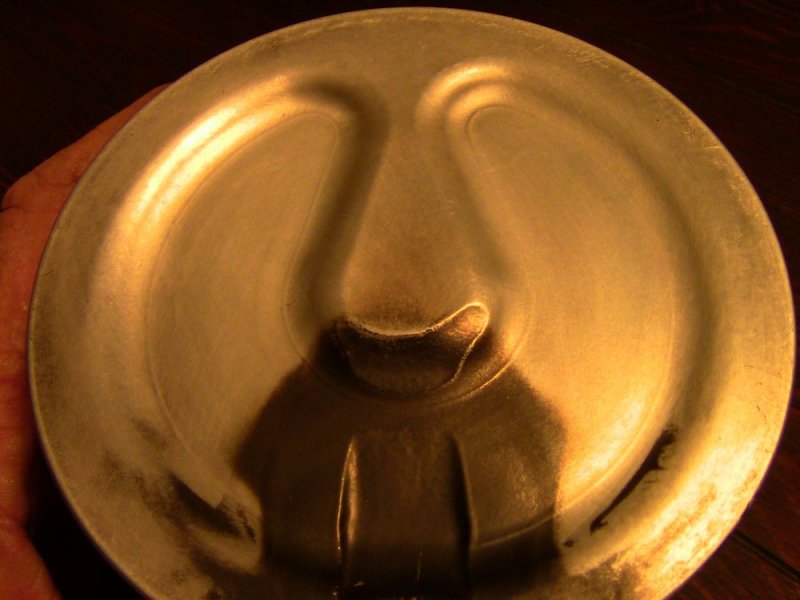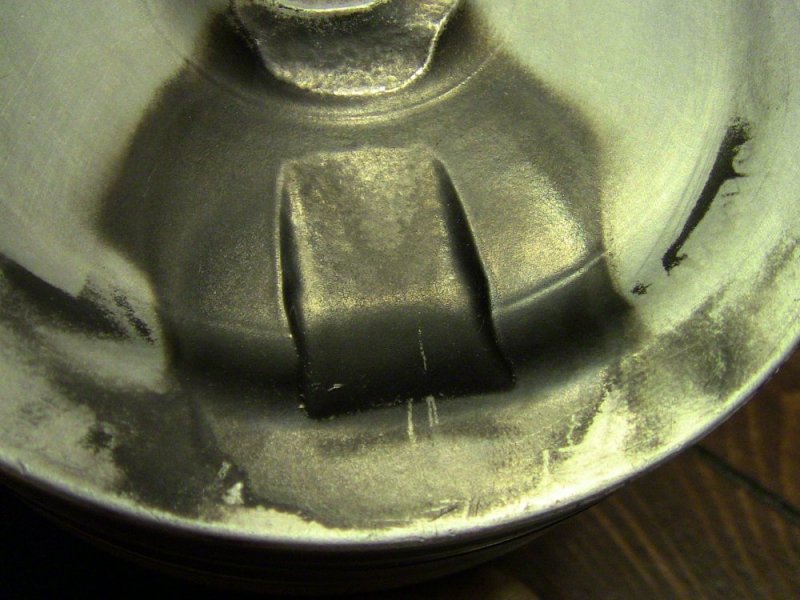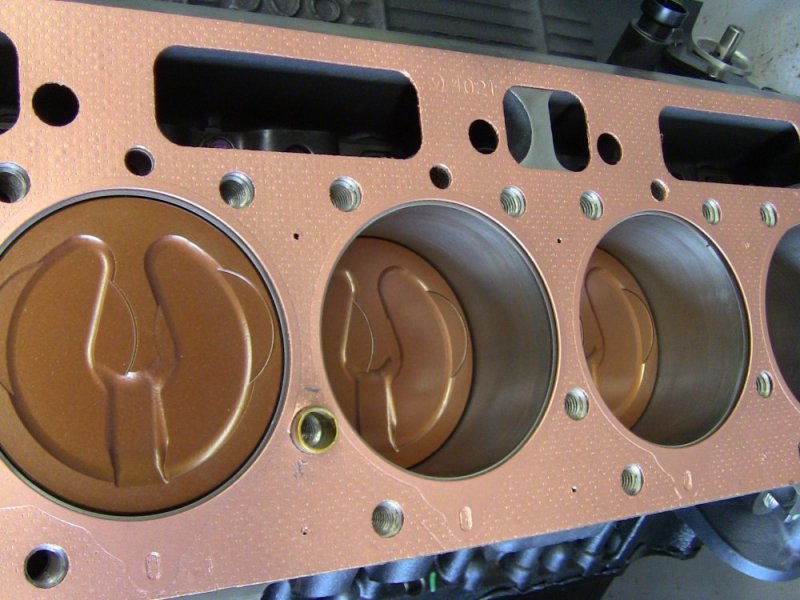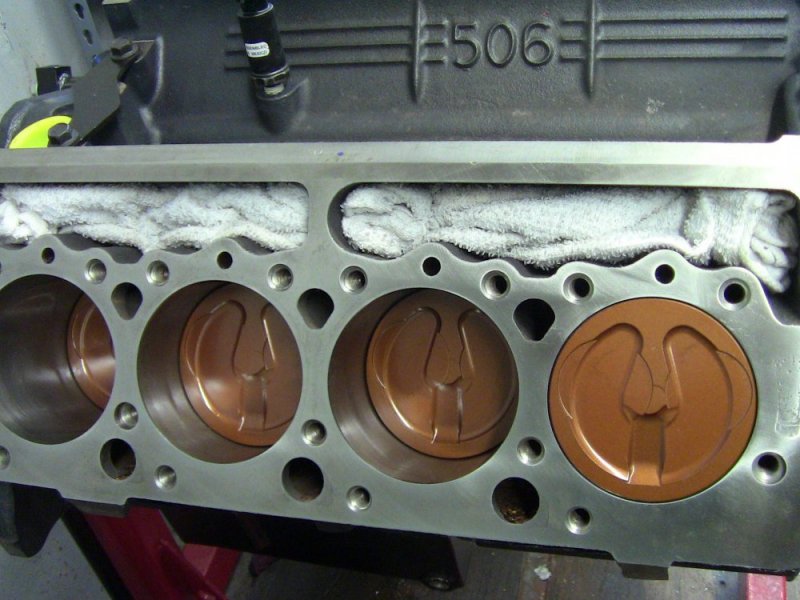K30Diesel
New Member
- Messages
- 7
- Reaction score
- 9
I have an 82 k30 with a 6.2 diesel. I was wondering if the optimizer heads would fit on a 6.2? I am planning to shave off the piston tops to achieve 17:1 compression, and then install an hx35 turbo. After 38 yrs of pretty hard use, the heads on this truck have never had a problem, but I doubt they would last very long with the turbo. My goal is to have approx. 300hp and 550-600 ft/lbs of torque. Please excuse any typos or messups as this is my first time posting on the truck stop